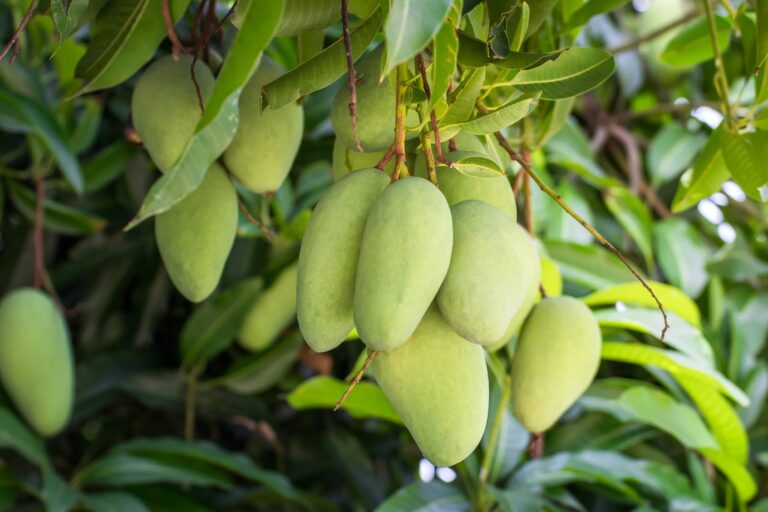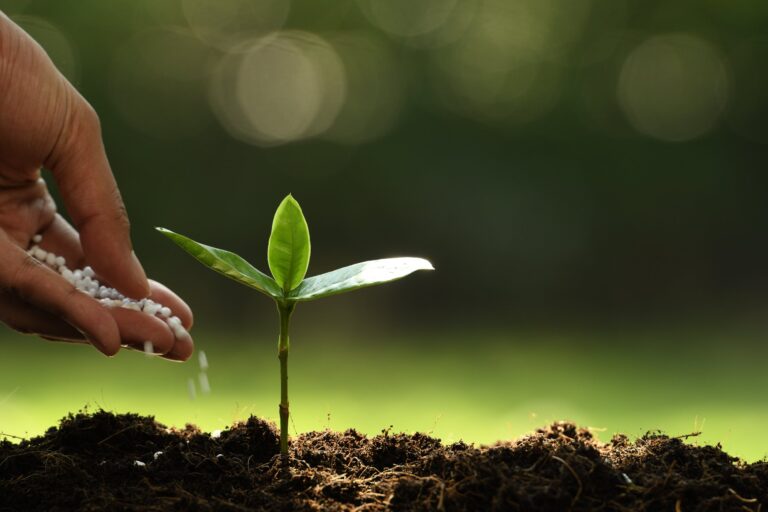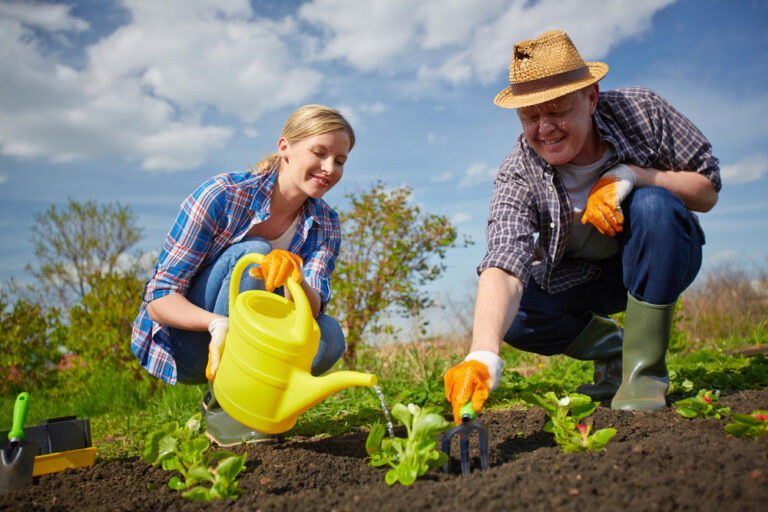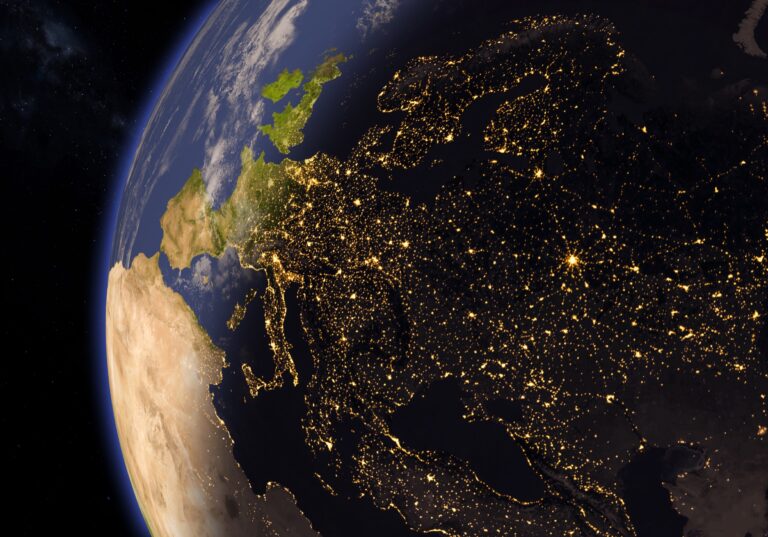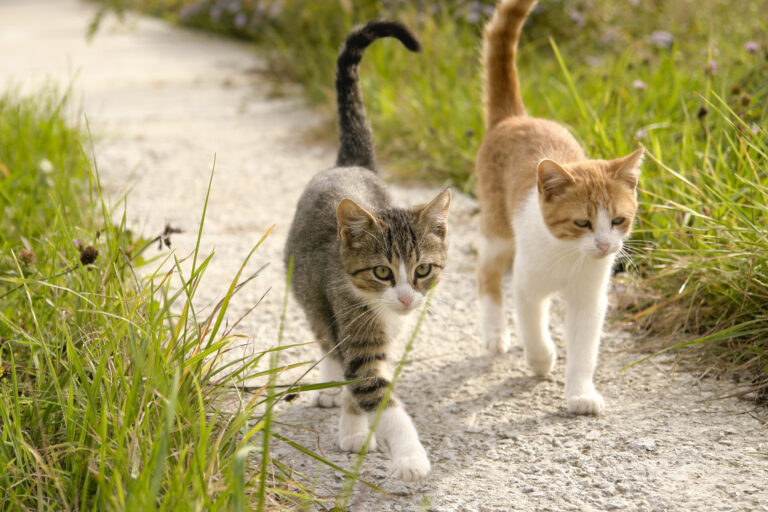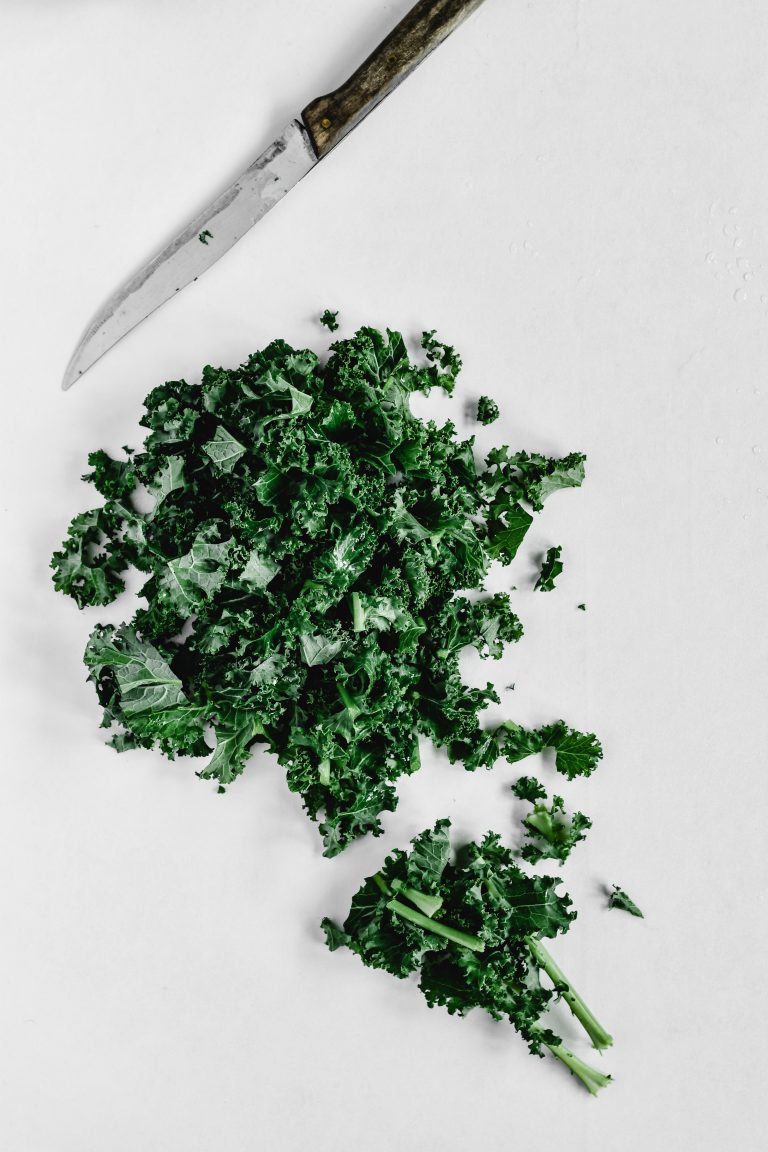Most of the time, growing a kitchen garden is a somewhat predictable task. Many people grow the same things year after year. And that’s great because it means they eat something they love that are nutritious and delicious. But I encourage people to grow at least one new or challenging thing each year. Growing an…
Uncategorized
6 Health Benefits of Gardening: How It Boosts your Physical and Mental Health
The health benefits of gardening are not limited to supplying your food. Gardening is also a form of self-care. You can reap several tangible benefits from growing your food, including physical and mental changes. Improves Mood Exercise, eating more veggies, and sunlight are all linked to improved mood. Exercise and eating more veggies keep your…
2 Homemade Fertilizers You Can Sell
Looking to make extra money? Mixing up homemade fertilizer is a great side hustle for gardeners. What is fertilizer? I want to discuss fertilizers. They are anything you add to the soil to make it a hospitable place for plants. They can be organic or non-organic. When looking at fertilizers, they seem to come…
Gardens, Books, and Legacies
Gardening wasn’t a hobby in my mother’s family. Instead, it was essential to their lives. In the 1950s and 60s in rural Arkansas, the garden was their only source of fruits and vegetables. And when they wanted something different, they bartered their oversupply with their neighbors. As the decades passed, my grandmother’s life changed dramatically….
Ways To Have Sustainable Meat Without Slaughtering Animals
There are several ways to eat sustainable meat without killing an animal. For example, you can buy cultivated meat, support animal-friendly farmers, buy in bulk, and buy plant-based or fermented substitutes. In addition, you can reduce your carbon footprint by avoiding slaughterhouses and other animal-related activities. In a world where sustainability is becoming increasingly essential,…
Different Types of Loans
By Loans Canada Are you looking to get a loan and you’re not sure which one? In this article we’ll look at the different types of loans available. Car Loan A car loan is a loan taken out to purchase a vehicle. It can be for a brand-new vehicle or one that’s second…
Things to Consider As You Plan to Host a Party in Your Garden
As the weather gets warmer, many of us start to dream of hosting outdoor parties in our gardens. Whether you’re planning a casual get-together with friends or a more formal gathering, there are a few things to keep in mind to ensure your party is a success. Here are five things to consider as you…
5 Ways Healthy Gardens Help The Planet
I just started reading the book “The Healthy Garden: Simple Steps For a Greener World.” It’s all about sustainable gardening that’s good for individuals and communities. A simple paragraph in the introduction got me thinking about all of the ways that the choices we make in our gardens can not only save us money but…
Garden Photo Walks for Mindfulness
Much of the time, looking at life through our phones takes us out of the present moment. However, I find that I can use the phone’s camera to practice mindfulness. Garden photo walks are my favorite way of practicing this on a regular basis. What Is Mindfulness? All that I mean by mindfulness is the…
What To Do With Your Harvest
Winter weather is right around the corner. But if you’re anything like me, your garden is still bursting with produce. At the tail end of the season, gardeners can sometimes feel overwhelmed by the amount of produce they have on their hands. Here’s what to do with your harvest. What to do with your…
